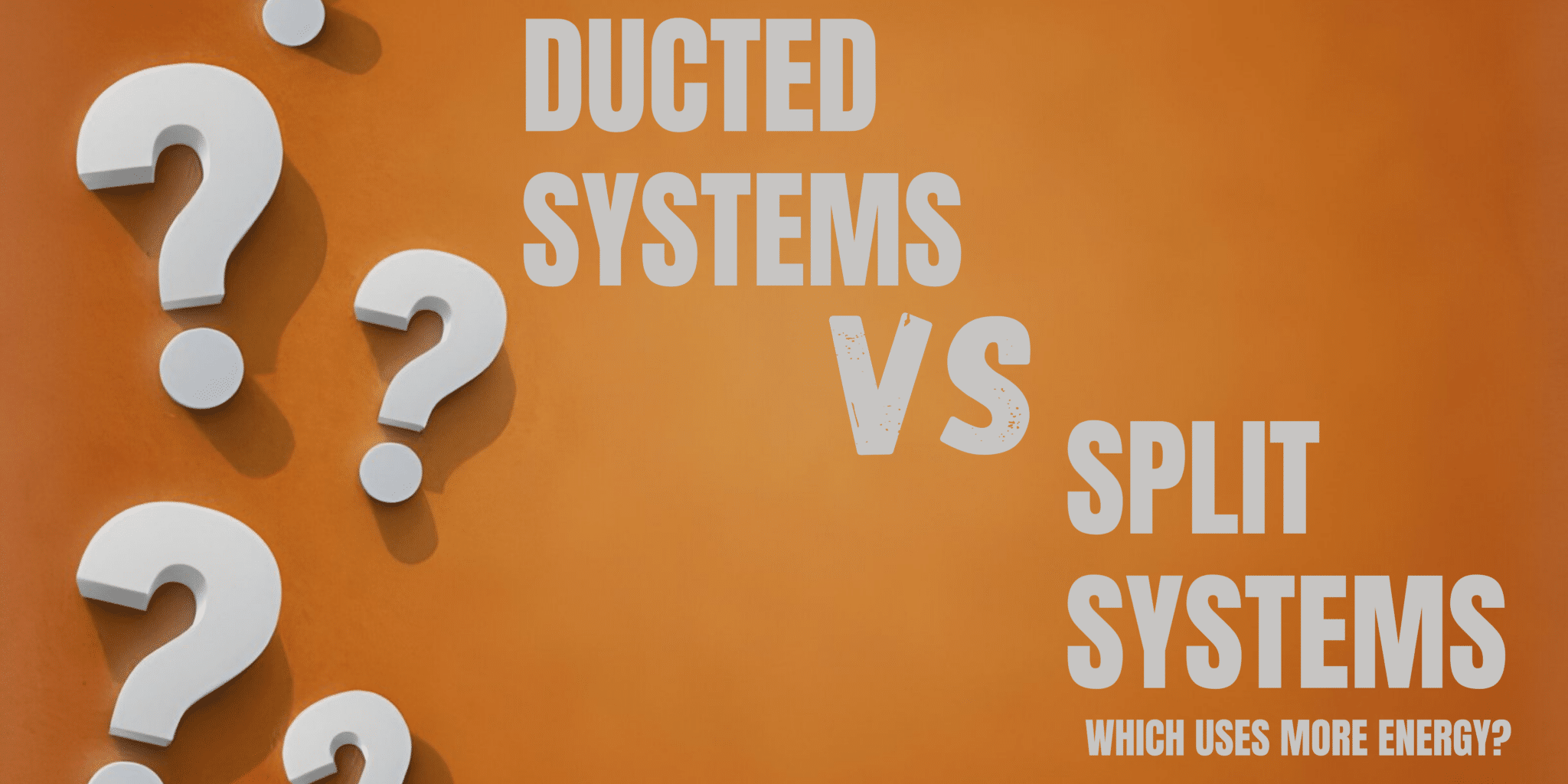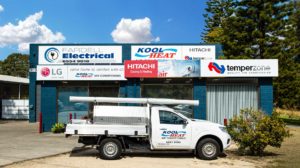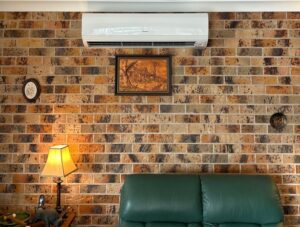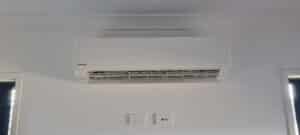When considering heating and cooling options, you might find yourself torn between ducted and split systems. While ducted systems deliver air through a network of ducts, they can often lead to energy loss if those ducts aren’t insulated properly. On the other hand, split systems focus on individual rooms, potentially offering a more efficient solution. However, the energy efficiency of each system isn’t just about design; various factors like insulation quality and local climate play a crucial role. So, which system truly reigns supreme in energy use? The answer might surprise you.
Overview of Ducted Systems
Ducted systems distribute heated or cooled air through a network of ducts, providing consistent temperature control throughout your home. These systems consist of a central unit, usually located in the attic or basement, connected to vents in each room.
When you set your thermostat, the system efficiently circulates air, ensuring every corner of your space maintains a comfortable climate. One of the key benefits is the ability to cool or heat multiple rooms simultaneously, making it ideal for larger homes.
You will also find that ducted systems can integrate with smart home technology, allowing you to control your climate remotely. Overall, ducted systems offer a seamless solution for maintaining comfort without the visual clutter of multiple units.
Overview of Split Systems
Split systems consist of an indoor unit and an outdoor compressor, allowing for efficient heating and cooling of individual rooms. They’re particularly popular in homes where you want to control the temperature in specific areas without affecting the entire house.
You can install them in living rooms, bedrooms, or any other space you use frequently. Split systems offer flexibility, as you can choose different units for different rooms, catering to your comfort needs. They’re usually quieter than ducted systems, thanks to the outdoor compressor handling most of the noise.
Plus, with no need for ductwork, installation can be simpler and less invasive. This makes split systems a convenient choice for many homeowners looking for targeted climate control.
Energy Efficiency Comparison
When considering energy efficiency, it’s essential to compare how each system performs in real-world conditions. Ducted systems distribute air through vents, which can lead to energy loss if ducts aren’t properly insulated. However, they can efficiently heat or cool multiple rooms simultaneously.
On the other hand, split systems target specific areas, allowing you to control temperatures in individual rooms. This flexibility can lead to lower energy consumption if you only need to condition certain spaces. Additionally, split systems often have higher SEER (Seasonal Energy Efficiency Ratio) ratings, indicating better energy use.
Ultimately, your choice will depend on your home’s layout and your specific heating and cooling needs, so consider how each system aligns with your lifestyle for maximum efficiency.
Operational Costs and Maintenance
Operational costs and maintenance play a crucial role in determining the long-term efficiency of your heating and cooling system. When choosing between ducted and split systems, you’ll want to consider not just the upfront installation costs but also ongoing expenses.
Ducted systems often have higher operational costs due to their complexity and the need for regular servicing of ducts and vents. In contrast, split systems generally require less maintenance and can be more cost-effective to run. However, you still need to regularly clean filters and check coolant levels.
Evaluating these factors can help you make a more informed decision, ensuring you choose a system that aligns with your budget and maintenance preferences.
Factors Influencing Energy Use
Several factors influence energy use in ducted and split systems, including system design, insulation quality, and local climate conditions.
First, the design of your system affects how efficiently it heats or cools your space. Ducted systems can lose energy through leaks in ductwork, while split systems deliver air directly to a room.
Next, the quality of your insulation plays a crucial role. Well-insulated homes retain temperature better, requiring less energy for heating or cooling.
Lastly, your local climate conditions can significantly impact energy consumption. In hotter areas, systems may run more frequently, leading to higher energy use.
Understanding these factors can help you choose the most energy-efficient option for your needs.
Frequently Asked Questions
How Long Do Ducted and Split Systems Typically Last?
Ducted and split systems typically last between 10 to 15 years, depending on maintenance and usage.
You will want to keep them clean and serviced regularly to maximize their lifespan and efficiency.
Can I Install Ducted or Split Systems Myself?
You can install ducted or split systems yourself, but it’s often complex. If you lack experience, it’s best to hire a professional.
They ensure proper installation, efficiency, and compliance with local regulations for safety.
What Are Common Repairs for Each System Type?
Common repairs for ducted systems include:
– Fixing leaks in ducts
– Cleaning filters
For split systems, you might deal with:
– Refrigerant leaks
– Malfunctioning thermostats
Both systems require regular maintenance to ensure optimal performance.
Are There Tax Incentives for Installing Either System?
Yes, you can often find tax incentives for installing energy-efficient systems.
Check with your local government or utility provider for specific programs that might apply to your situation, as they vary by location and system type.
How Do Climate Conditions Affect Energy Use in These Systems?
Climate conditions directly impact energy use in heating and cooling systems. In extreme temperatures, you’ll notice higher energy consumption.
Adjusting settings based on seasonal changes can help optimize efficiency and reduce your overall energy costs.
Conclusion
In conclusion, when deciding between ducted and split systems, consider your specific needs and the factors affecting energy use.
Ducted systems might offer whole-home comfort but can lead to higher energy bills due to potential air leaks.
On the other hand, split systems provide targeted cooling or heating, often using less energy.
Ultimately, weighing the pros and cons of each option will help you make an informed choice that suits your lifestyle and budget.



